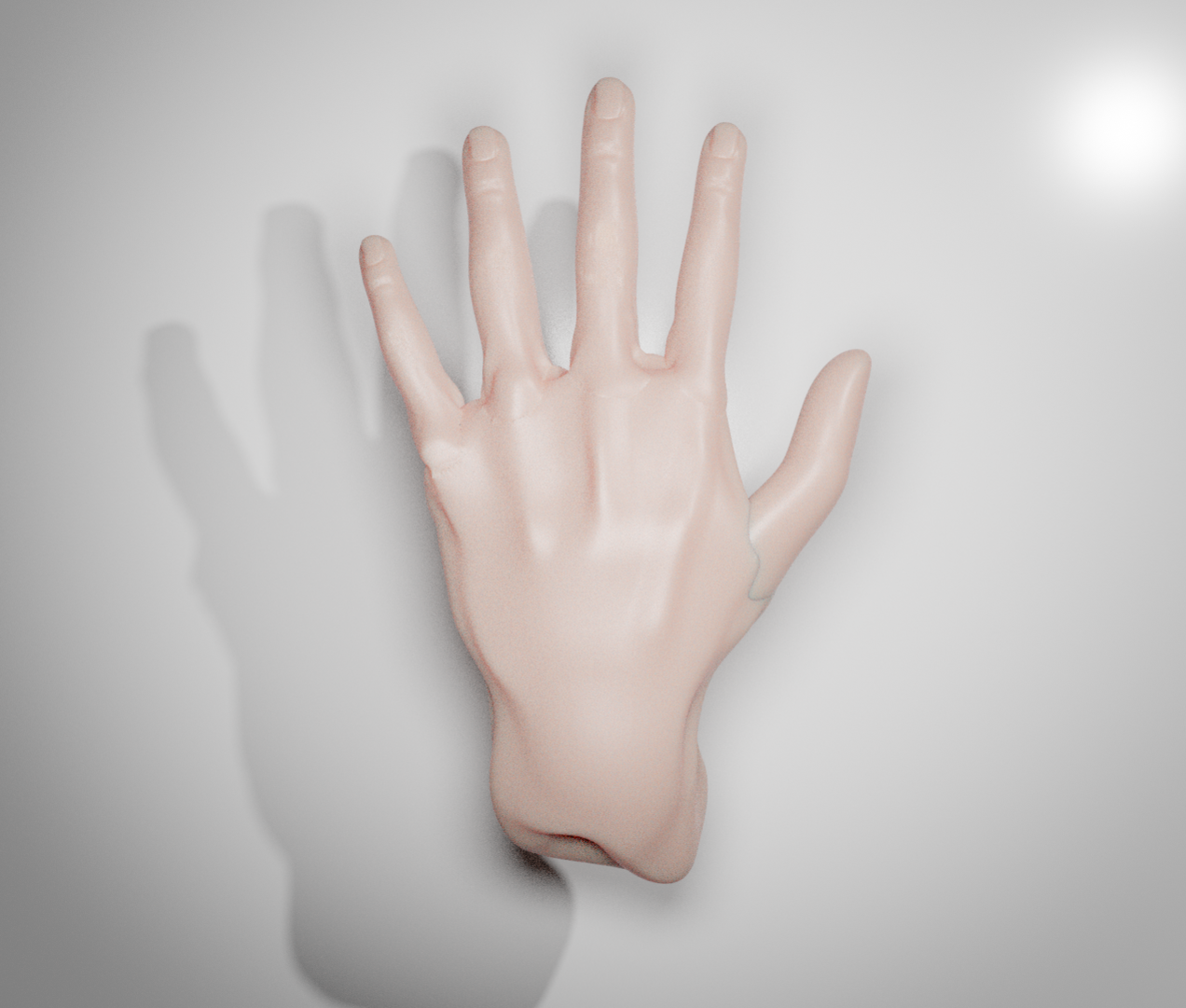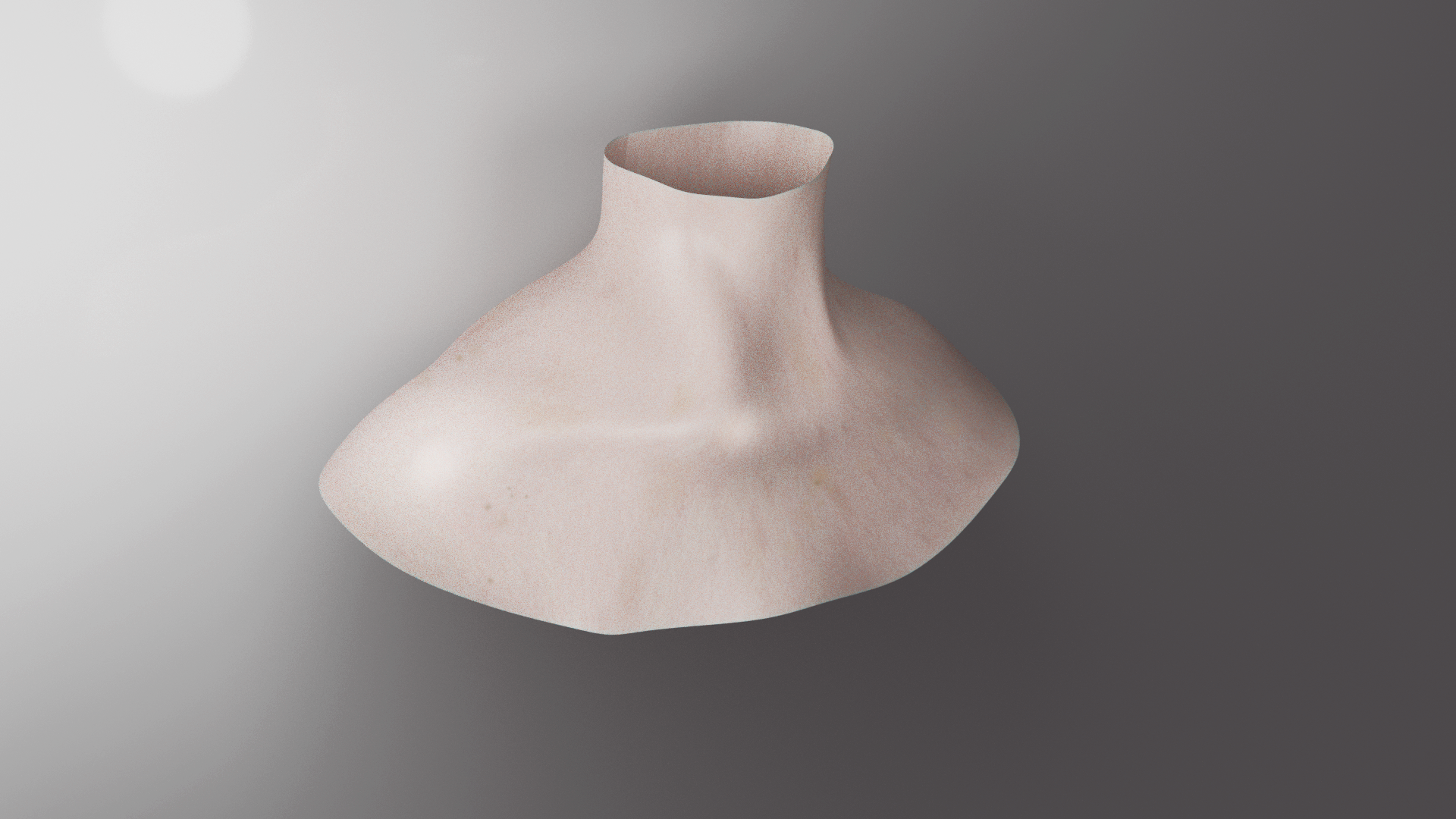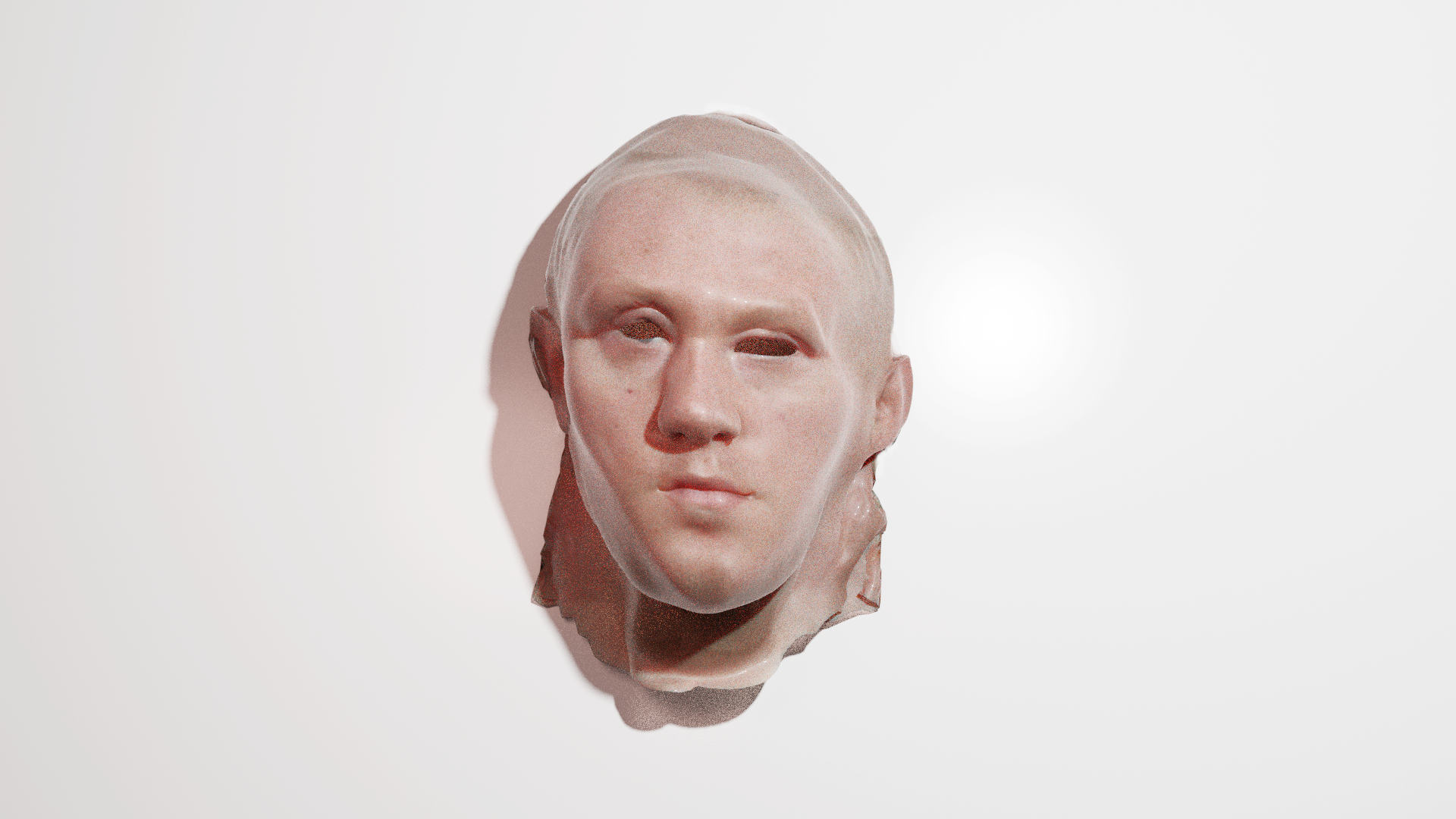// A C T O N E //
Sound on (Headphones)
List of works:
ACT 1, Andrw Houston (2020) – Streamed Durational performance
EGS, Andrw Houston (2020) – Animation video
EGS is available as an AR filter. Try it at: www.instagram.com/andrwhouston
// I N T E R L U D E //
Voice: Another version of Joan

TEXT VERSION:
I spend a lot of my time, inordinate amounts actually, thinking about the everlasting gobstopper, you know from Charlie and the chocolate factory. I find the concept of an everlasting gobstopper so interesting because this little innocuous object supposedly lasts forever.
And of course, the children and Willy Wonka are obsessed. The former due to the concept of everlasting candy and the latter because, well he’s created something everlasting. However, the gobstopper’s ability to last forever or be conceived as an immortal object lies directly in it being used.
So much of the digital landscape exists like this. It can be replayed and held frozen in time, as long as you are looking at it and digesting it. I think this is why I love reels so much, or Tiktoks … actually really any form of looped video, because if you don’t scroll on, then the same loop just plays over and over.
And when you watch one, without scrolling on, it’s a fascinating experience. Like a late capitalist form of meditation, bound up in media, color and products.
For me these looped videos feel like a vision of humans becoming machines. So much primitive AI is bound by its loops, and the way we document ourselves is very similar. We put digital versions of ourselves into this willful purgatory to play on and on and on. And if I was to be blunt in my estimation, I think that fear of death is the driving force for all of these actions; the creation of archives, and scrapbooks of existence that some of us may believe will live forever.
As the writer Adam Greenfield states so much Artificial intelligence operates with ‘brute force’ (265:2017). AI will persistently follow its directed and never-ending path. Think of Augmented Reality, you place it in the space and say ‘go there, now go there, follow the objective regardless of the surroundings or external events’ … and it does.
As I’ve said before, there’s something very alluring about this. Although available AI is bound by its loops, the prospect of creating something “immortal” evokes in me, a sense of wonder.
Imagine having something that will never age, never deteriorate. It will just be.
// A C T T W O //
HEAD (2020)
Performance video
Forever (A potential Ballad)
3D animation video
Lyrics: Generated by AI (Artificially intelligent) lyric creator
Sound: Made with Typatone
// A C T T H R E E //
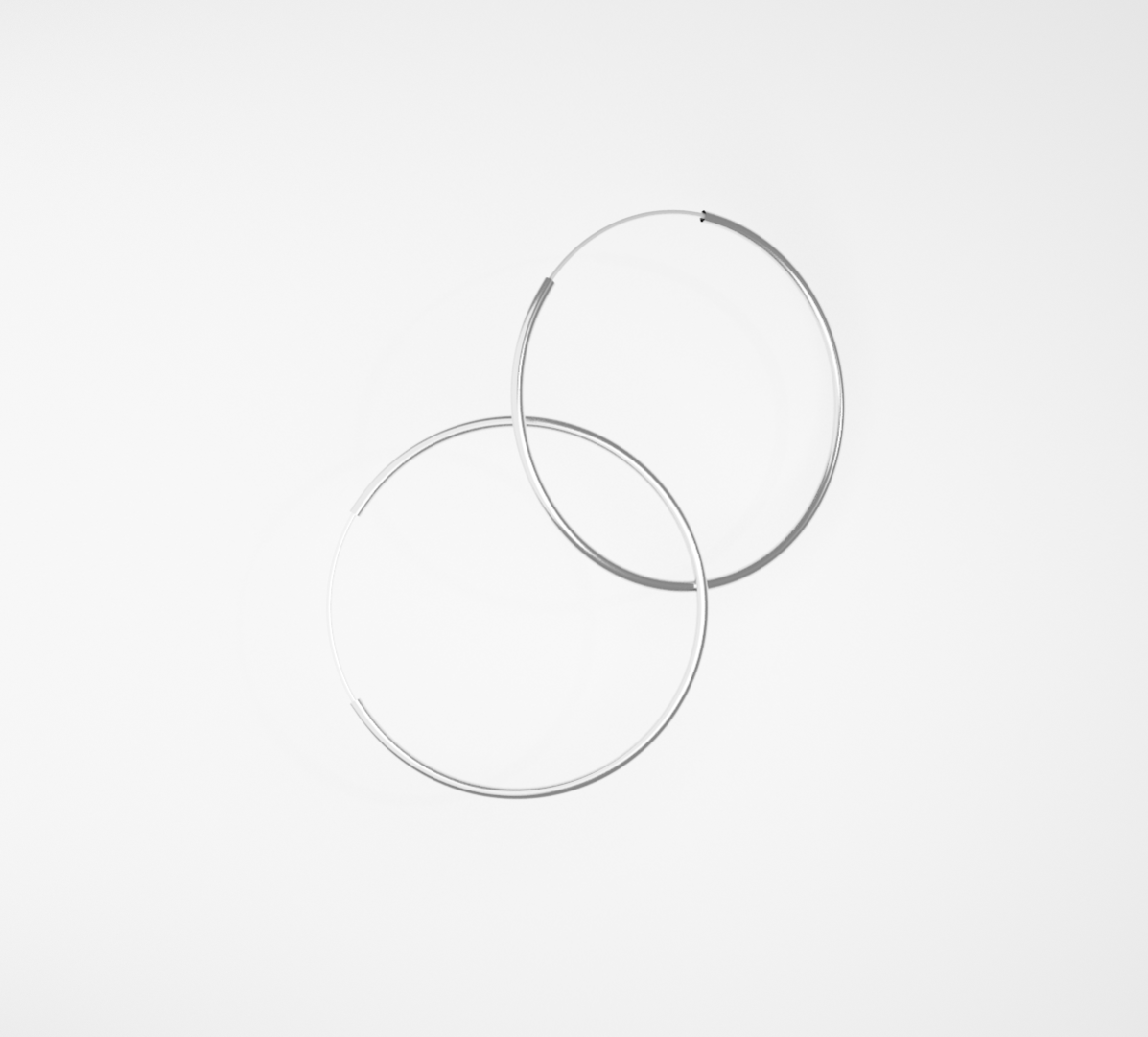

List of works:
Hoop, Andrw Houston (2020) - 3D render image
ACT 3 (Player one), Andrw Houston (2020) - looped animation/video
ACT 3 (Player two), Andrw Houston (2020) - looped performance/video
Untitled, Andrw Houston (2020) - 3D render image
// E P I L O G U E //
Voice: A final version of Joan
Text version:
A lot of my thinking has revolved or stumbled around the idea of immortality. I think I tend to spend more time thinking about immortality rather than mortality because mortality is so definite. It’s confrontational, and like many other people, I find myself regularly seduced by the indefinite alternatives.
But it’s very hard to avoid the obvious and very mediated versions of potential alternatives. To move away from speaking in riddles, I’m here talking about how we consistently remake ourselves as immortal through the various technologies available to us.
If we take our digital archives as an example, they are composed of the very best, or at least selected versions of ourselves. Either heavily filtered or curated in a way that omits anything we feel is incongruent with our online identities.
So, let’s fast forward to the future. It all becomes reality, the science fiction tales of recreating life in AI. What would our recreations look like? What would the data available create, and would it be better than the real thing? Slicker, cooler, cinematically sentimental?
It all makes me think of a passage in Neil Gaiman’s American Gods. A short conversation between two individuals where one says to the other:
‘Have you ever thought about what it means to be a god? […] It means you give up your mortal existence to become a meme: Something that lives forever in people’s minds, like the tune of a nursery rhyme.’ (504: 2001)
Is this the trade-off? A potential pitfall? If we achieve immortality do we risk a reduction of self, derived from short recordings and filtered self-portraits? Would we miss pain and trauma? The moments that are so real, they make the image inconsequential. I imagine, unbelievably, that I actually would.
But then I suppose, as science fiction suggests, we may not lose the “real moments” or at least the image/experience of them. Perhaps our AI counterparts will be programmed to feel the way we have via code that reflects again the vast array of mediated trauma available to us in movies, books, and documentaries.
The lack of natural closure is something that troubles me …
I recently re-watched the movie AI, which is one of those movies that’s simultaneously aspirational and uncomfortable. The story follows a robot boy David, who’s on a quest to become a “real boy”. Inspired by the tale of Pinocchio he seeks out the Blue fairy, whom he believes can grant his wish.
The section that spoke to me the most was near the end of the movie where he has found the blue fairy at last or at least a statue of her. So unwavering is his looped commitment to his wish, that he sits and waits for what seems like an eternity for her to come to life and grant him his wish.
I imagine David sitting, perfectly still, frozen in time, waiting to be reanimated. Gathering dust in a dimly lit space. Unfeeling to the experience of existing purely as an object.
In social theorist Hannah Arendt’s analysis ‘Immortality means endurance in time, deathless life on this earth and in this world as it was given’ (18:1998). ‘As it was given’; I believe this phrase holds the tensions we experience when we think about our own potential immortality or the immortality of others. As David sits collecting dust, he is enduring in the world as it is. Yet, in line with David’s “human” qualities and character arc, his desires develop. Not only does he wish to be a “real” boy, but he also wishes to bring someone back.
If we are unable to dictate and curate the experience, then immortality is a desolate wasteland, littered with inanimate objects. To return to my previous analogy of Dorothy in Return to OZ, it would be like spinning forever, unable to feel that flash of green or see objects turn into beings.
Which brings me to the promise of magic. Currently, so many of the objects and programmes we create and speculate about for future use remain predominantly inanimate. The promise of a glorious future, where all this data can be utilized to perform magic is all that sustains our attachment. Perhaps there are scientists that would disagree with me, but it seems to me that the concurrent acts of digital reproduction and self-digitalization are in service of this promise. That maybe one day we will be able to perform magical thinking as fully as our imaginations have predicted.
The reality of this process is a long one, and it may be that the disparate digital elements of re-animation exist as ornaments, artefacts, or documents for some time. Perhaps we will have to wait as long as David did. I still haven’t decided whether personally, this would be a hellish prospect. But the wish part … the potential for my wish to come true is maybe pushing me to think the wait is worth it.
// C U R T A I N C A L L //
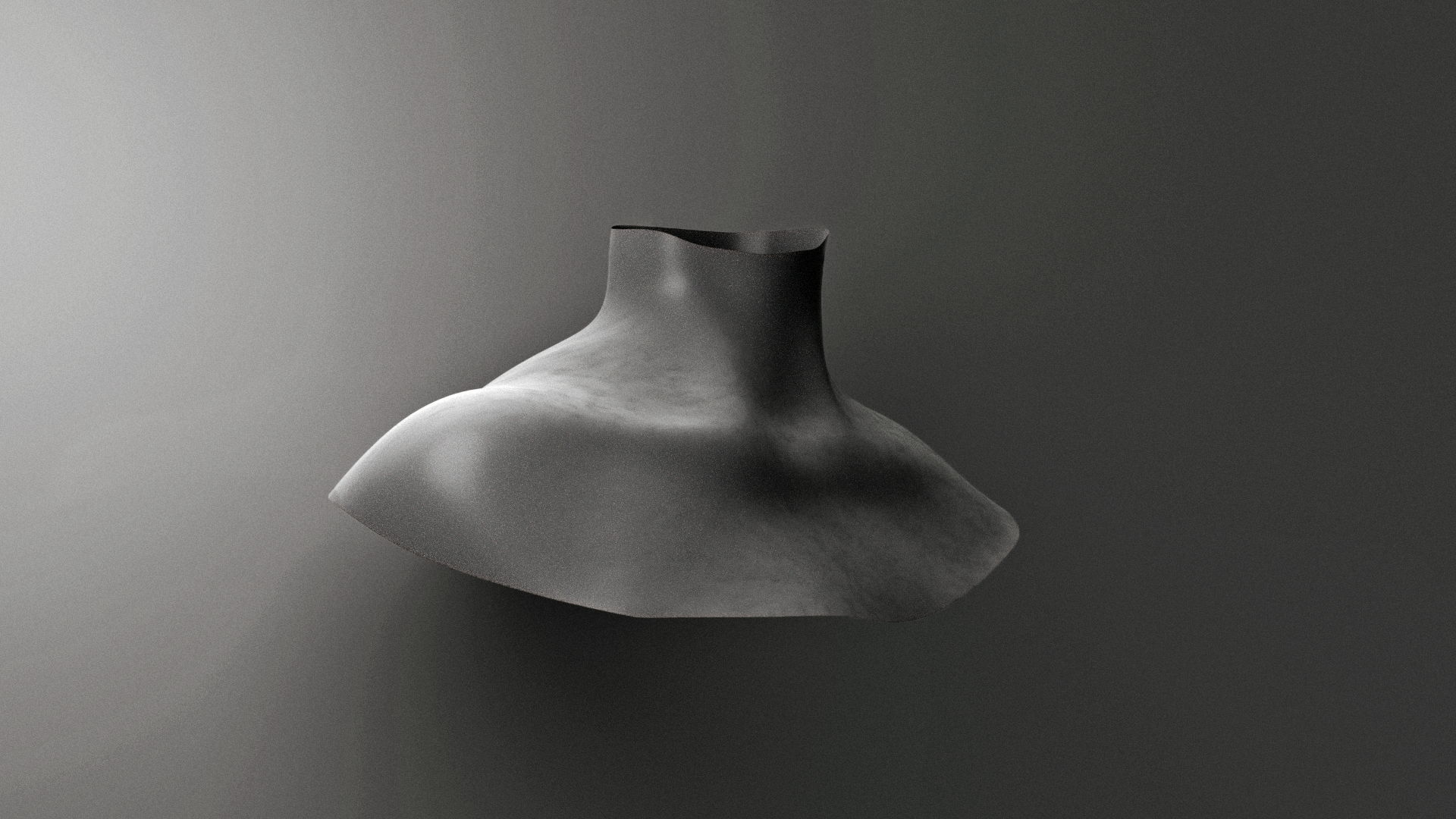
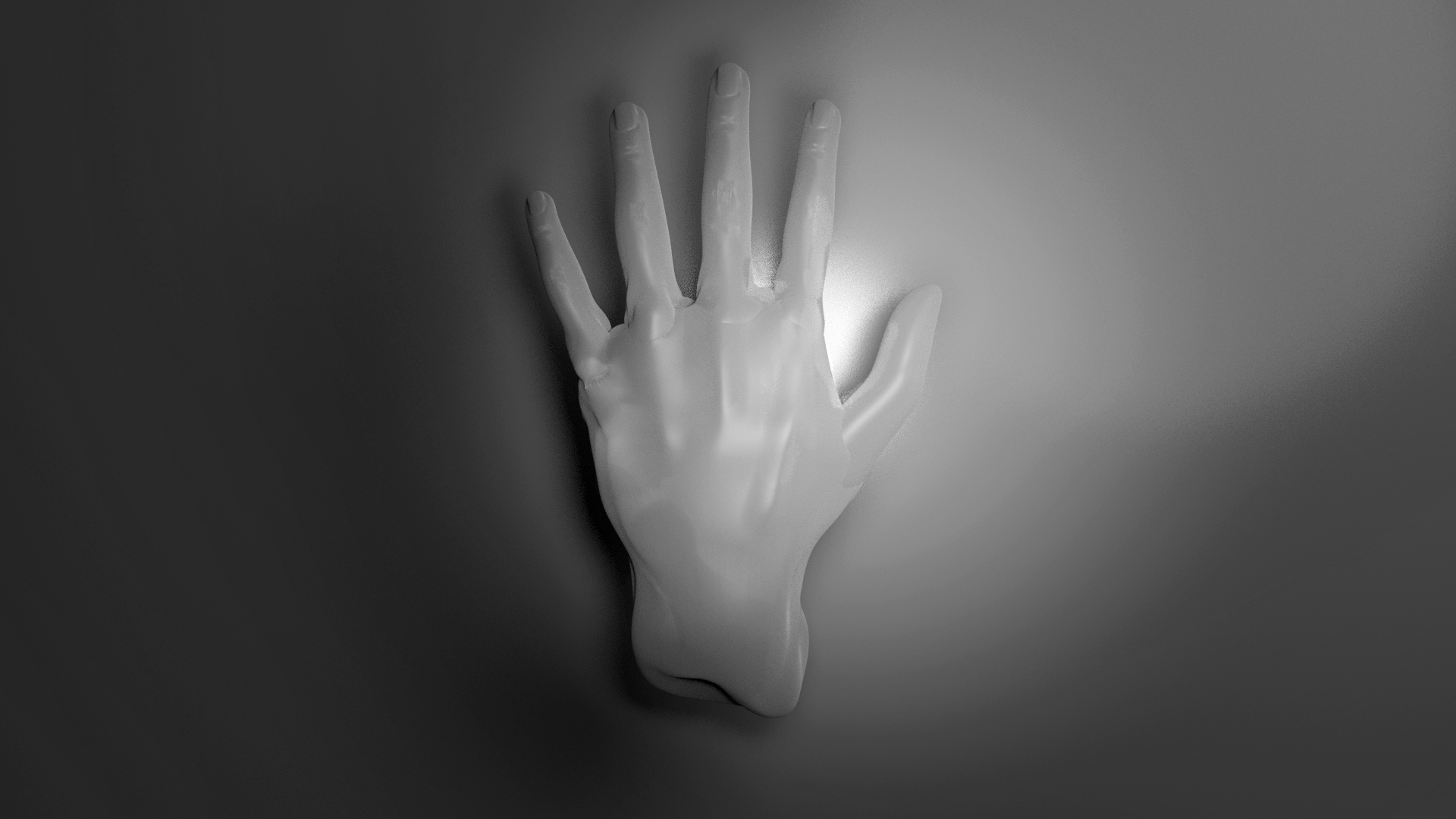



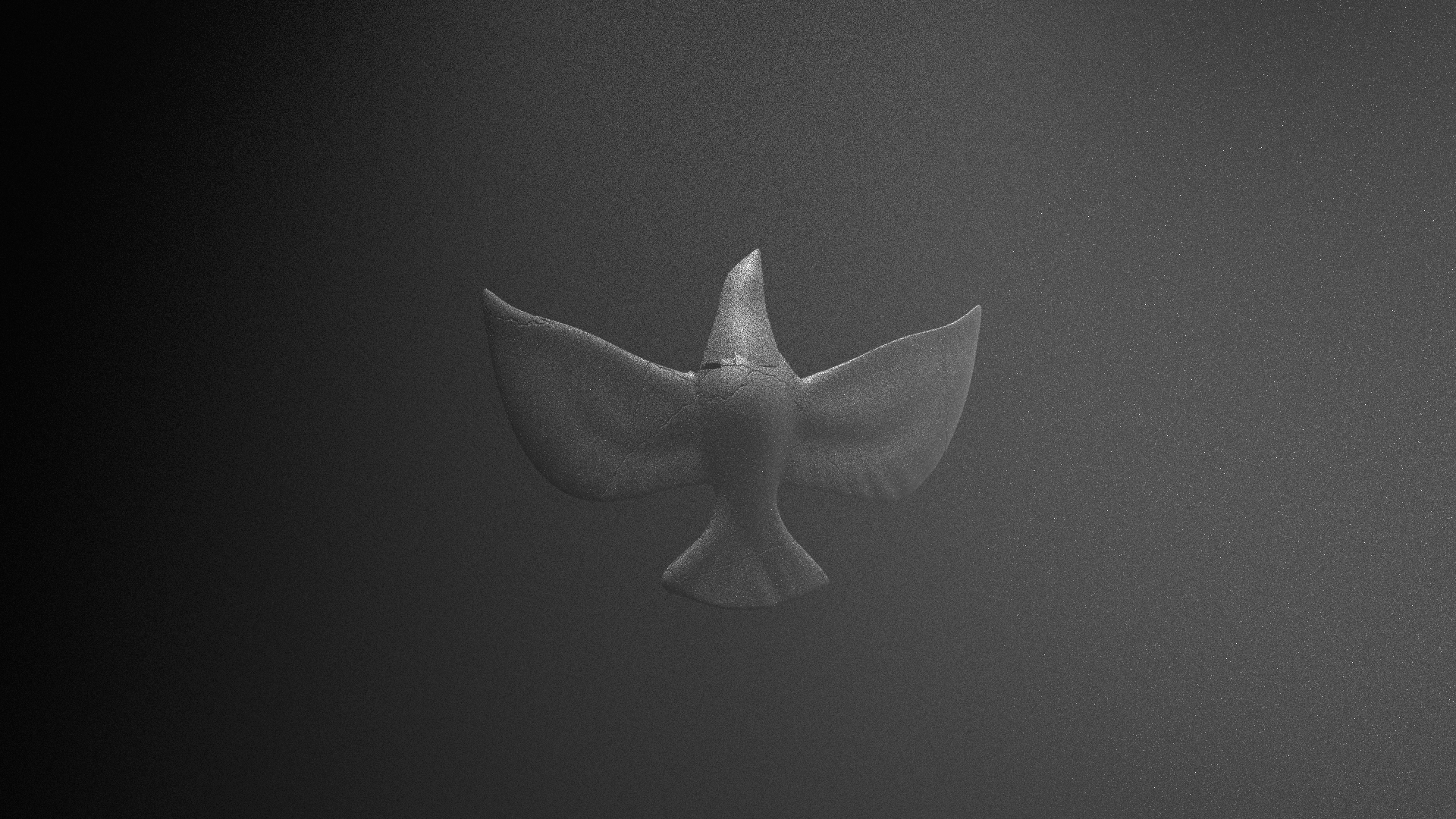
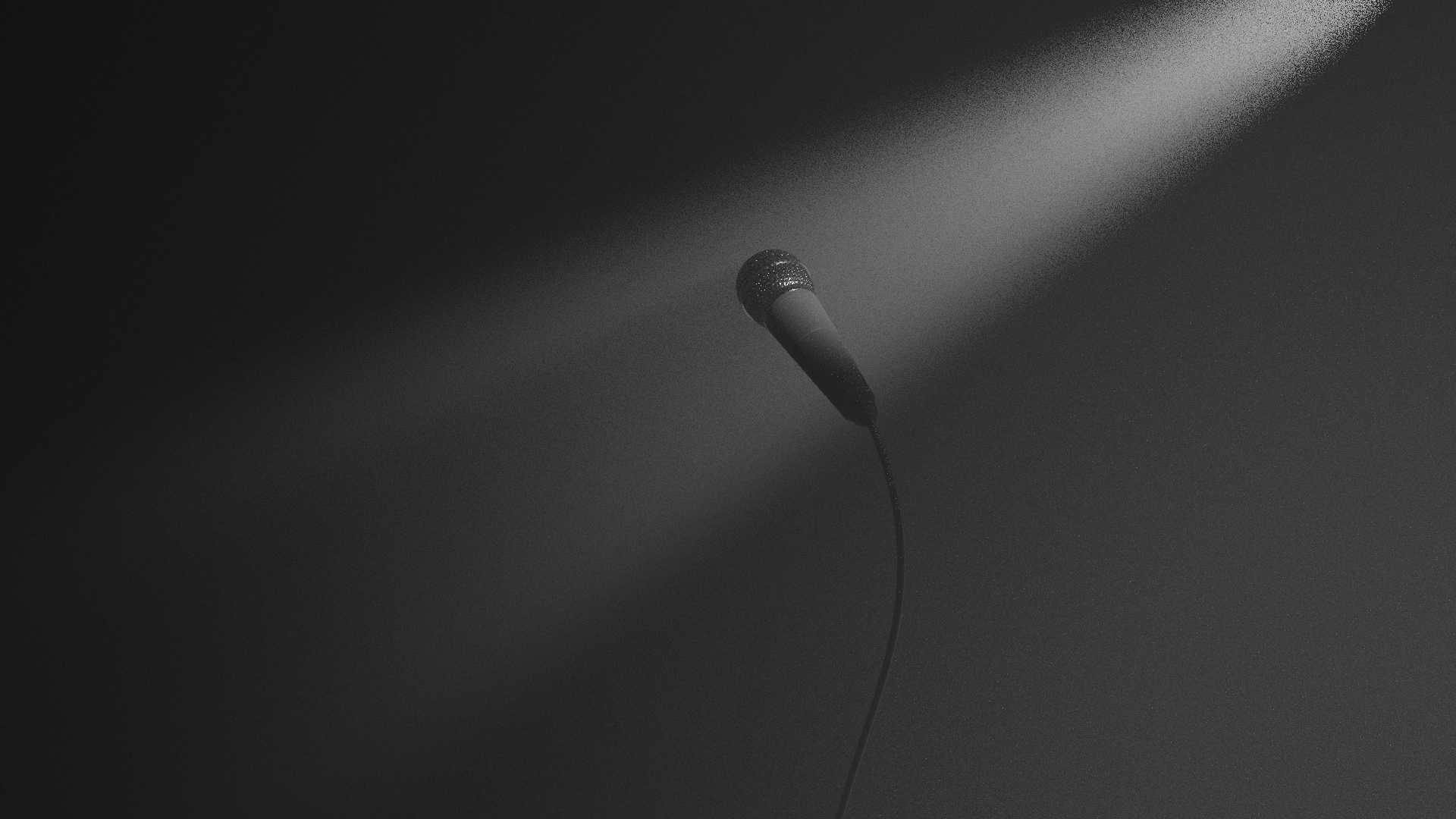
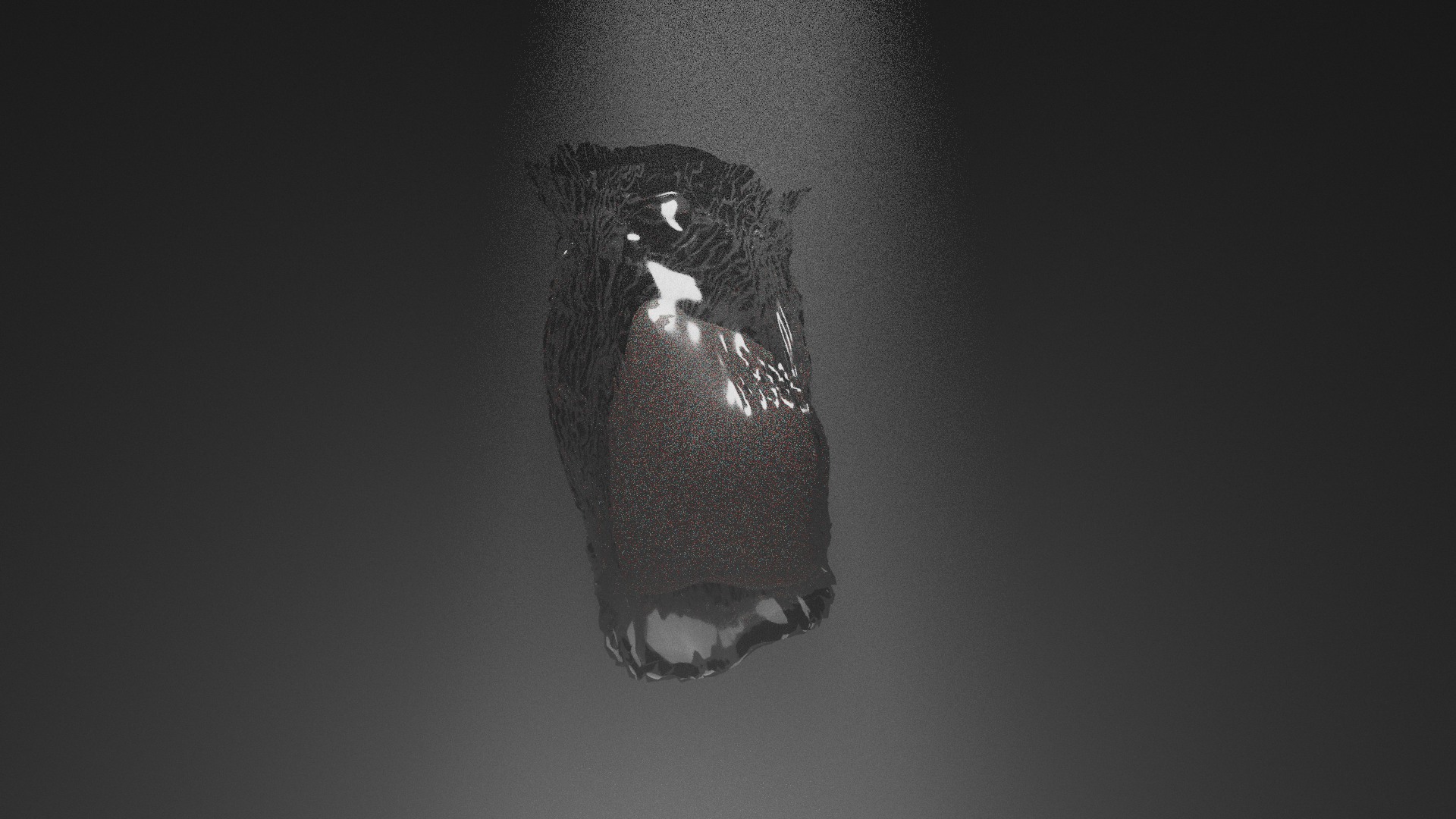




Displayed works:
Artifacts 1 - 12 (2020), Andrw Houston (3D render images)




